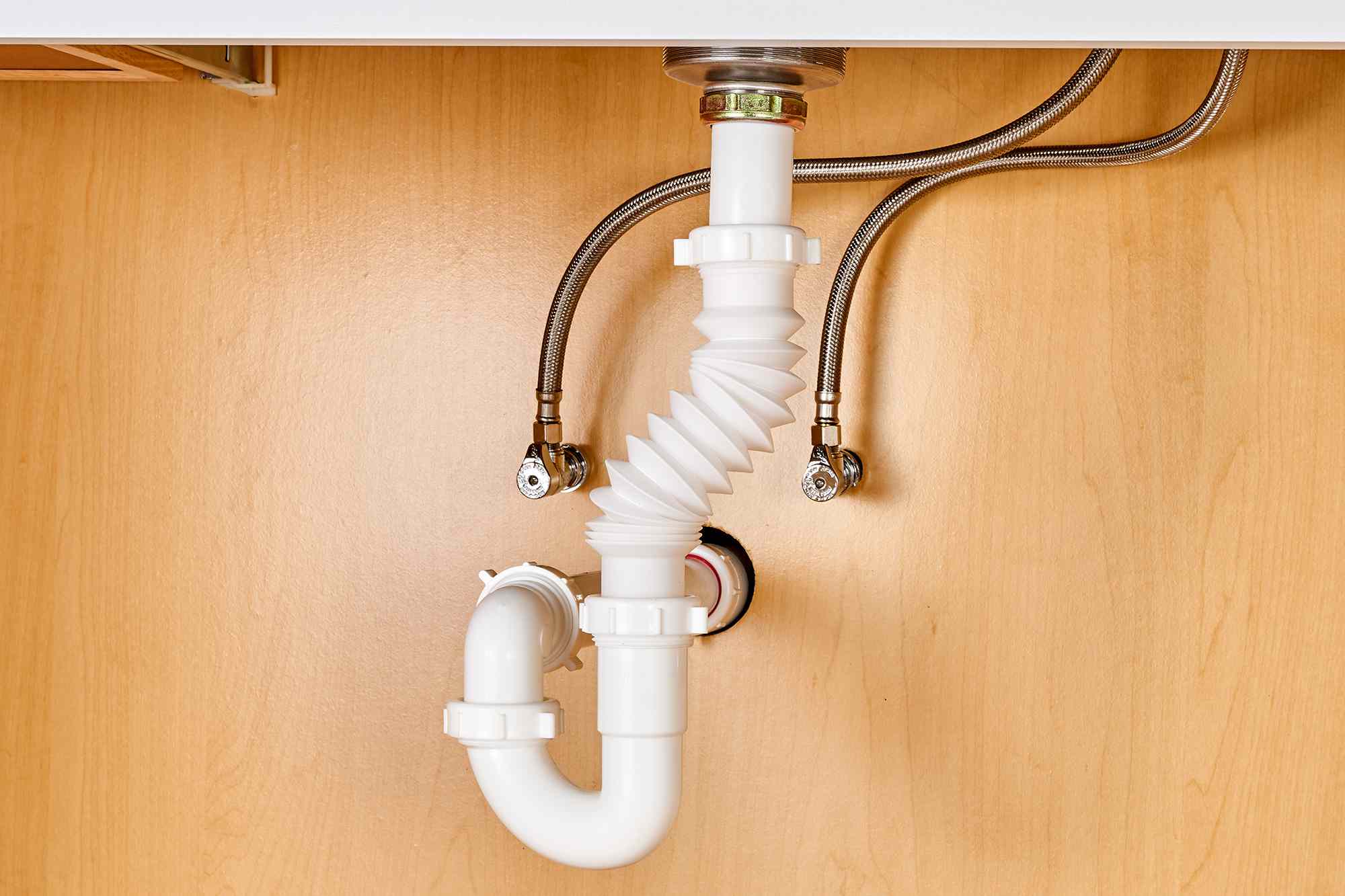

Articles
How To Connect Sink Drain
Modified: February 28, 2024
Learn how to connect sink drain with helpful articles from our experts.
(Many of the links in this article redirect to a specific reviewed product. Your purchase of these products through affiliate links helps to generate commission for Storables.com, at no extra cost. Learn more)
Introduction
Connecting a sink drain may seem like a daunting task, but with the right tools and a little know-how, it can be a straightforward process. Whether you are replacing an old drain or installing a new sink, understanding how to connect the drain properly is essential to ensure proper drainage and prevent leaks.
In this guide, we will walk you through the step-by-step process of connecting a sink drain. We will cover the tools and materials you will need, as well as provide detailed instructions for each stage of the installation. By following these instructions, you will be able to successfully connect your sink drain and have it ready for use in no time.
To begin, let’s gather the tools and materials you will need for this project.
Key Takeaways:
- Connecting a sink drain is a manageable DIY project with the right tools and guidance. By following the step-by-step process, you can ensure proper drainage and prevent leaks, creating a long-lasting and efficient sink drain connection.
- Thoroughly checking for leaks after connecting the sink drain is crucial for a successful installation. This step ensures a secure and properly sealed connection, preventing potential water damage and plumbing issues in the future.
Tools and Materials Needed
Before you start connecting your sink drain, it’s important to have all the necessary tools and materials on hand. Here’s a list of what you’ll need:
- Adjustable wrench
- Plumbers tape
- Screwdriver
- Hacksaw
- Pipe cutter
- Plumber’s putty
- P-Trap assembly
- Sink drain assembly
- Sink drain kit
- Bucket or container to catch water
- Rags or towels
These tools and materials are essential for a successful sink drain connection. Having them ready before you start will make the process smoother and more efficient.
Now that you have everything you need, let’s move on to the first step: removing the old drain.
Step 1: Remove the Old Drain
The first step in connecting a sink drain is to remove the old drain. This is necessary if you’re replacing an existing drain or if you need to make any repairs. Follow these steps to remove the old drain:
- Start by turning off the water supply to the sink. Look for the shut-off valves under the sink and turn them clockwise to shut off the water.
- Place a bucket or container underneath the sink to catch any water that may drain out.
- Locate the drain pipe that connects to the sink drain. It is typically a curved pipe known as the P-Trap.
- Using an adjustable wrench, loosen the nuts that connect the P-Trap to the drain pipe and the sink drain.
- Gently pull and twist the P-Trap to disconnect it from the drain pipe and the sink drain. Allow any water in the P-Trap to drain into the bucket or container.
- Next, locate the nut that secures the sink drain to the bottom of the sink. Use a screwdriver or pliers to loosen and remove the nut.
- Once the nut is removed, you should be able to lift the old drain out of the sink.
Make sure to inspect the old drain for any damage or signs of wear. If necessary, replace the drain with a new one before proceeding to the next step.
With the old drain removed, you can now move on to preparing the sink area for the new drain.
Step 2: Clean the Sink Area
Before installing the new drain, it’s important to clean the sink area to ensure a proper and secure connection. Follow these steps to clean the sink area:
- Start by using a sponge or cloth and some mild dish soap to clean the inside of the sink. Remove any debris, residue, or grease that may be present.
- Rinse the sink thoroughly with water to remove any soap residue.
- Inspect the area around the sink drain opening. Make sure there are no cracks, damage, or old putty that needs to be scraped away.
- If there is old putty residue or any other buildup, use a putty knife or scraper to remove it from the sink surface.
- Dry the sink area completely with a clean towel or cloth.
Once the sink area is clean and dry, you can proceed to assemble the new drain.
Remember, a clean and well-prepared sink area will ensure a tight and secure connection for the new drain, minimizing the risk of leaks or other issues.
Step 3: Assemble the New Drain
Now that you have a clean sink area, it’s time to assemble the new drain components. Here’s how you can do it:
- Start by applying a thin layer of plumber’s putty around the underside of the flange of the sink drain assembly. This will help create a watertight seal.
- Place the sink drain assembly onto the sink drain opening, ensuring that it is centered and aligned properly.
- From underneath the sink, insert the rubber gasket onto the sink drain assembly.
- Screw on the locking nut onto the sink drain assembly and tighten it with a screwdriver or pliers. Make sure not to overtighten, as it may cause damage.
- If your sink drain kit includes a plastic washer, place it onto the drain pipe.
- Next, attach the flanged tailpiece onto the drain pipe and secure it with a slip nut. Use an adjustable wrench to tighten the slip nut until it is snug.
- Connect the other end of the flanged tailpiece to the sink drain assembly using a slip nut and tighten it with an adjustable wrench.
Ensure that all connections are tight but not overly tightened. This will prevent leaks and ensure a secure connection.
With the new drain components assembled, you can now move on to connecting the drain to the sink.
When connecting a sink drain, make sure to use plumber’s putty or silicone sealant to create a watertight seal between the drain and the sink. Tighten the connections carefully to avoid leaks.
Read more: How To Tighten A Sink Drain
Step 4: Connect the Drain to the Sink
With the new drain assembly in place, it’s time to connect it to the sink. Follow these steps to ensure a secure connection:
- Insert the flanged tailpiece into the bottom of the sink drain assembly.
- Slide a slip nut onto the flanged tailpiece, followed by a rubber washer.
- Position the slip nut and rubber washer against the bottom of the sink drain assembly.
- Tighten the slip nut with an adjustable wrench until it is snug.
- Ensure that the flanged tailpiece is aligned properly and straight.
By connecting the drain to the sink, you are ensuring a solid and watertight connection. This step is crucial to prevent any leaks or loose connections.
Once the drain is securely connected to the sink, you can move on to installing the plumbing p-trap.
Step 5: Install the Plumbing P-Trap
Installing the plumbing P-Trap is an essential step in connecting a sink drain. The P-Trap helps to maintain a water seal, preventing sewer gases from entering your home. Follow these steps to install the plumbing P-Trap:
- Position the curved end of the P-Trap onto the tailpiece of the sink drain assembly.
- Slide a slip nut onto the end of the tailpiece, followed by a rubber washer.
- Insert the tailpiece into the P-Trap, ensuring a snug fit.
- Slide a slip nut onto the other end of the P-Trap, followed by a rubber washer.
- Connect the other end of the P-Trap to the existing drain pipe.
- Tighten both slip nuts with an adjustable wrench until they are secure but not overly tightened.
Make sure that all connections are properly aligned, and the P-Trap sits level and straight. This will help ensure that the P-Trap functions effectively and prevents any leaks.
With the P-Trap installed, you are almost done connecting the sink drain. The final step is to check for any leaks or potential issues.
Step 6: Check for Leaks
After connecting the sink drain and installing the plumbing P-Trap, it’s crucial to thoroughly check for any leaks. This will ensure that the connection is secure and properly sealed. Follow these steps to check for leaks:
- Turn on the water supply to the sink.
- Observe the connections you’ve made, checking for any signs of water leakage.
- Inspect the P-Trap and all slip nut connections.
- Run water through the sink for a few minutes, allowing it to flow freely down the drain.
- Pay close attention to any areas where leaks might occur, such as the connections between the sink drain assembly, the P-Trap, and the drain pipe.
- If you notice any leaks, tighten the slip nuts slightly using an adjustable wrench. Be careful not to overtighten as this may damage the connections or cause leaks elsewhere.
- Continue running water and inspecting for leaks until you are confident that all connections are tight and leak-free.
Checking for leaks is a crucial step in the process of connecting a sink drain. This step ensures that the installation is successful and prevents future water damage or plumbing issues.
Once you are satisfied that there are no leaks, you have successfully connected the sink drain. Congratulations!
Conclusion
Connecting a sink drain may seem like a complex task, but with the right tools and guidance, it can be a straightforward and rewarding DIY project. By following the steps outlined in this guide, you can successfully connect your sink drain and ensure proper drainage without any leaks.
Throughout the process, we have covered the necessary tools and materials needed to complete the connection. We started by removing the old drain, cleaning the sink area, and assembling the new drain components. Then, we connected the drain to the sink and installed the plumbing P-Trap. Finally, we checked for any leaks and made adjustments to ensure a secure connection.
It’s important to remember that taking the time to clean the sink area thoroughly, assemble the components correctly, and check for leaks will help ensure a long-lasting and efficient sink drain connection.
If at any point during the process you feel uncertain or encounter difficulties, it is advisable to seek the guidance of a professional plumber. They can provide expert advice and assistance to ensure the job is done correctly and safely.
By successfully connecting your sink drain, you can enjoy a properly functioning sink that efficiently drains water and prevents any potential plumbing issues. So, roll up your sleeves, gather your tools, and confidently tackle this DIY project!
Frequently Asked Questions about How To Connect Sink Drain
Was this page helpful?
At Storables.com, we guarantee accurate and reliable information. Our content, validated by Expert Board Contributors, is crafted following stringent Editorial Policies. We're committed to providing you with well-researched, expert-backed insights for all your informational needs.
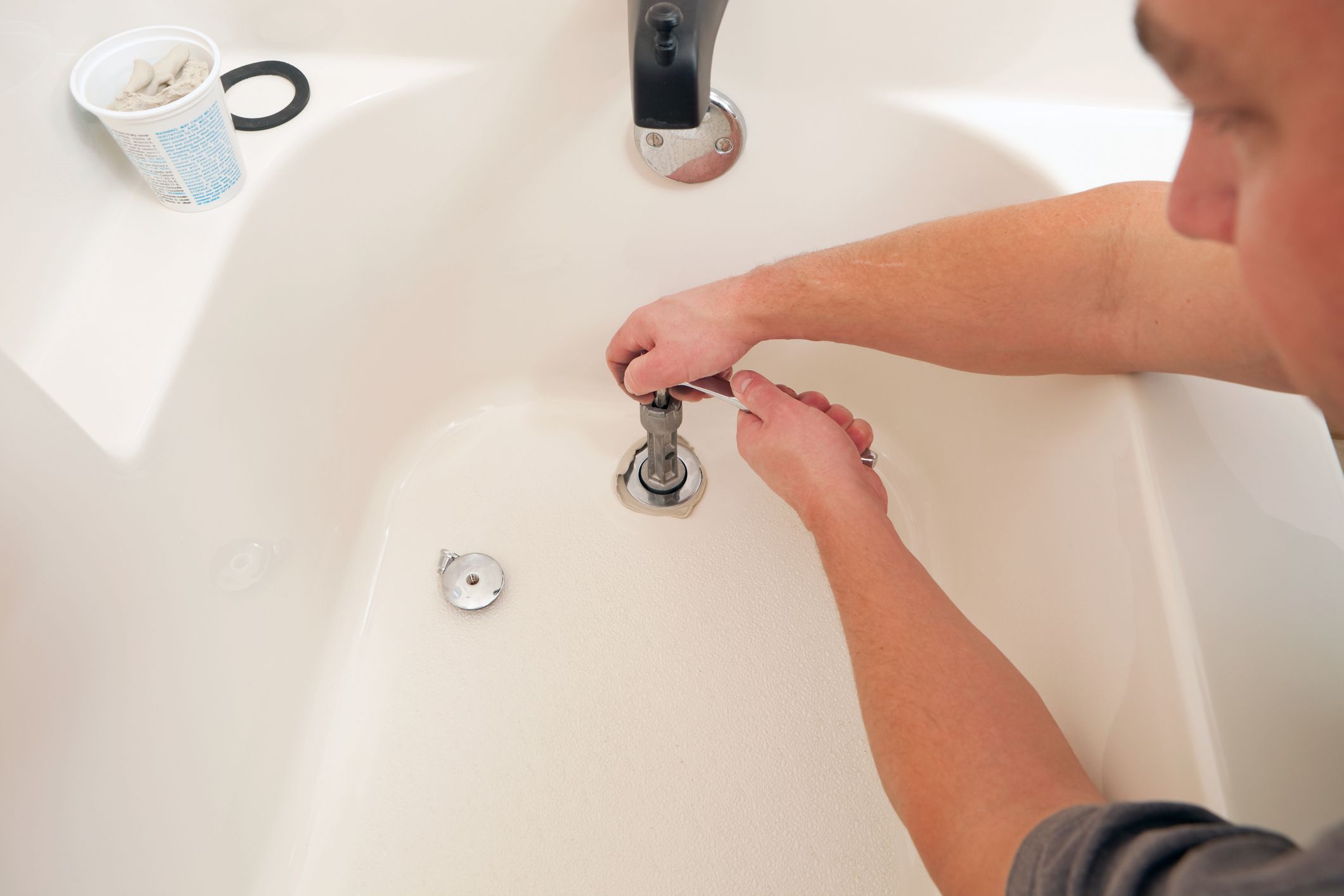
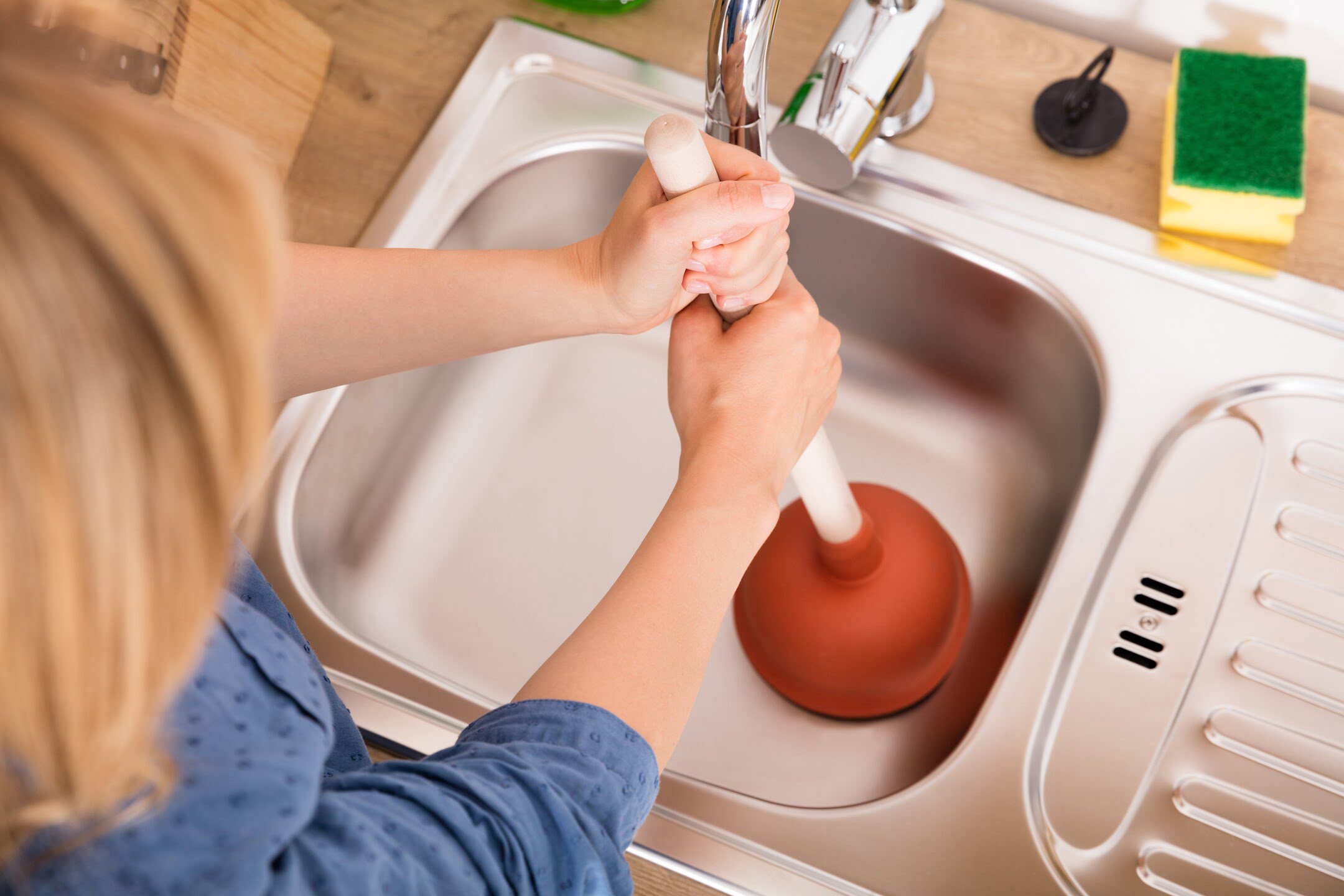
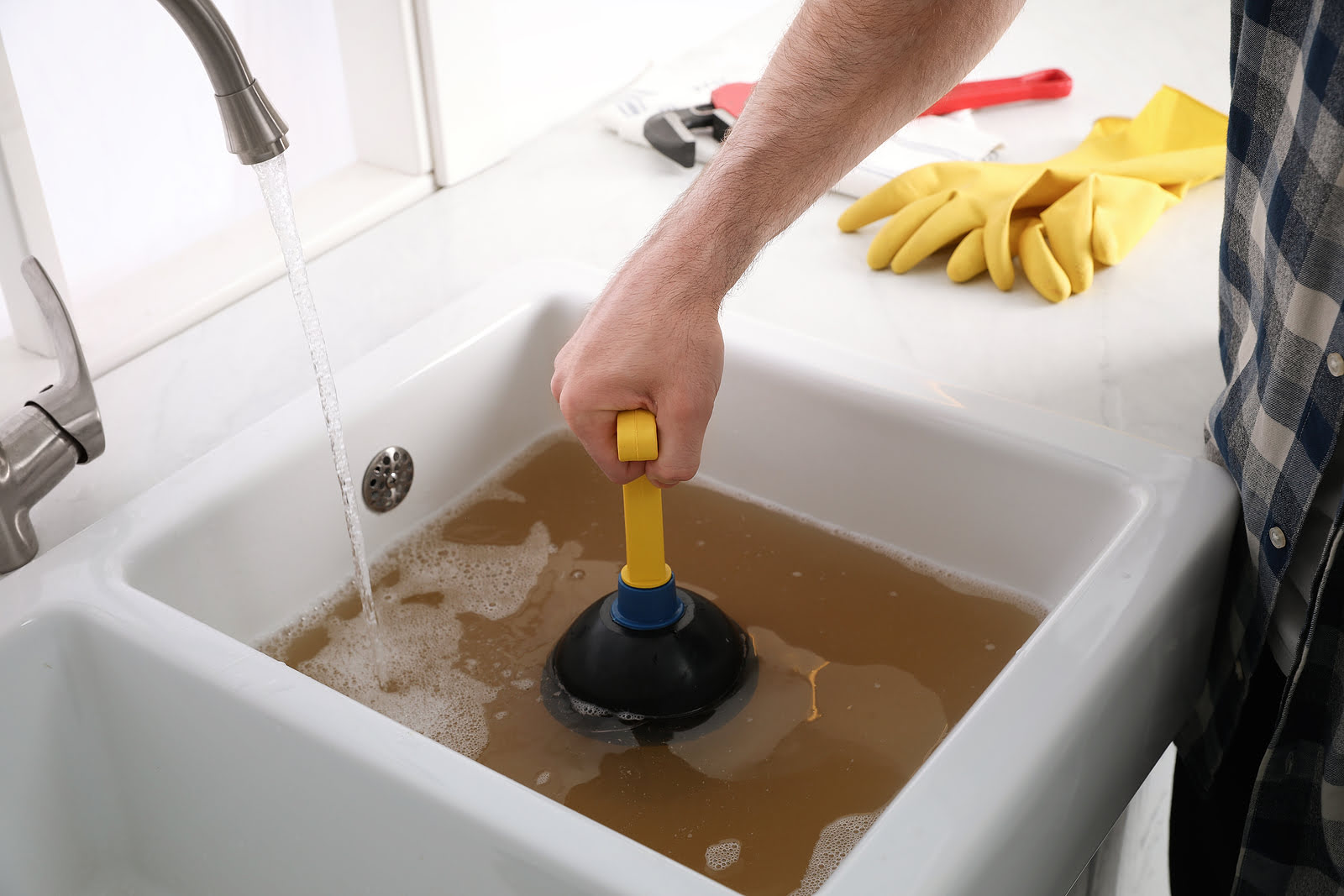
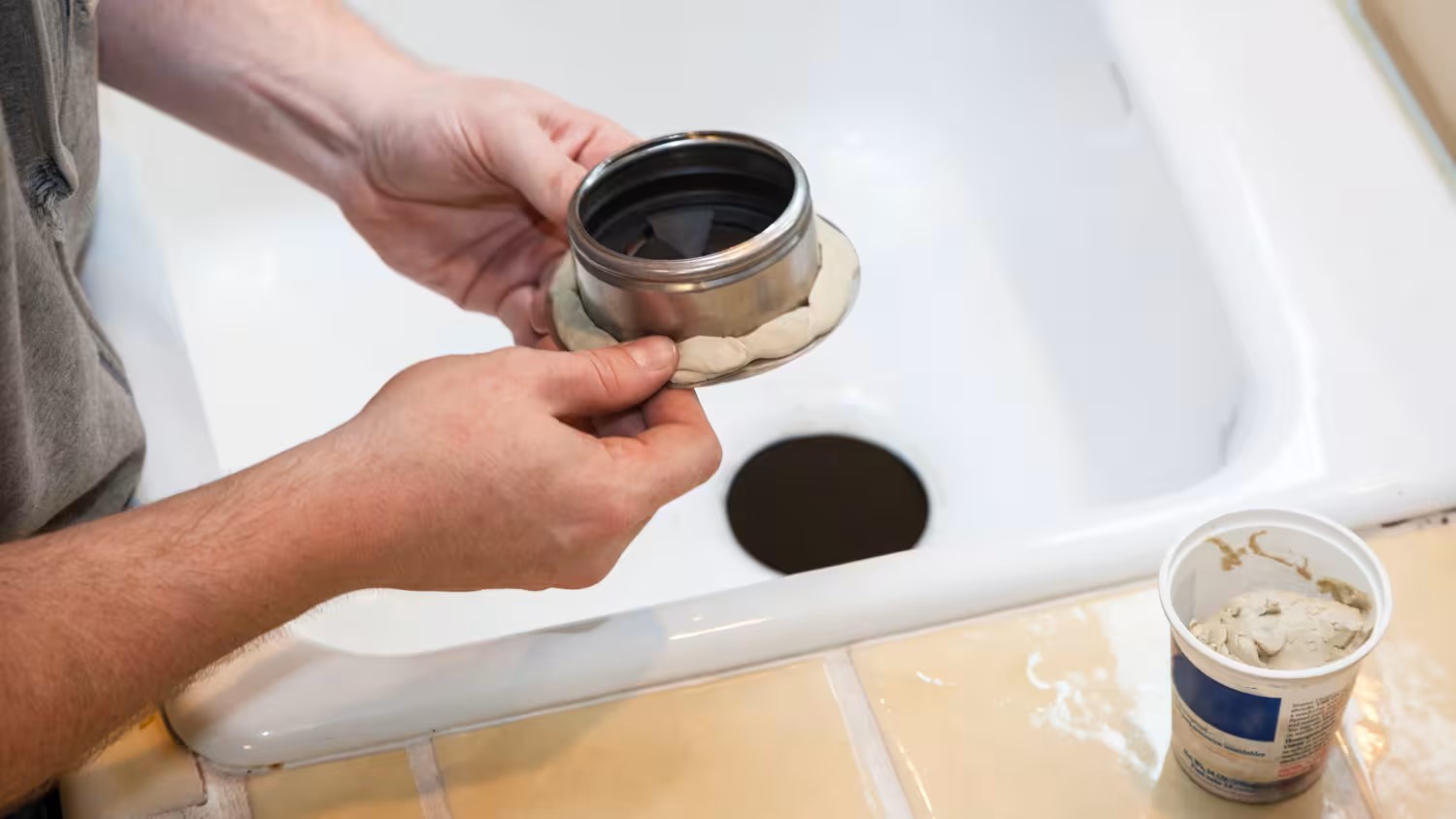
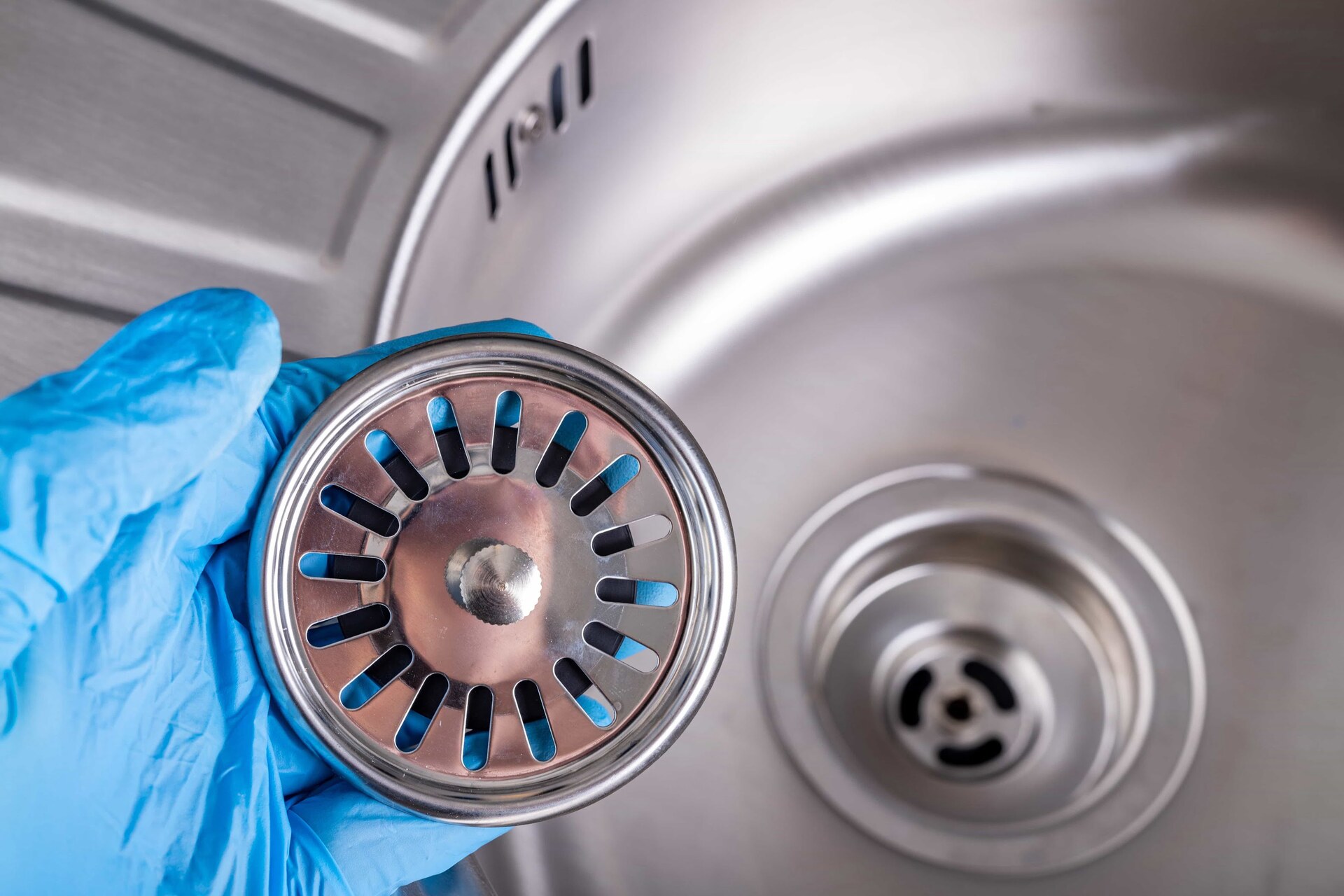
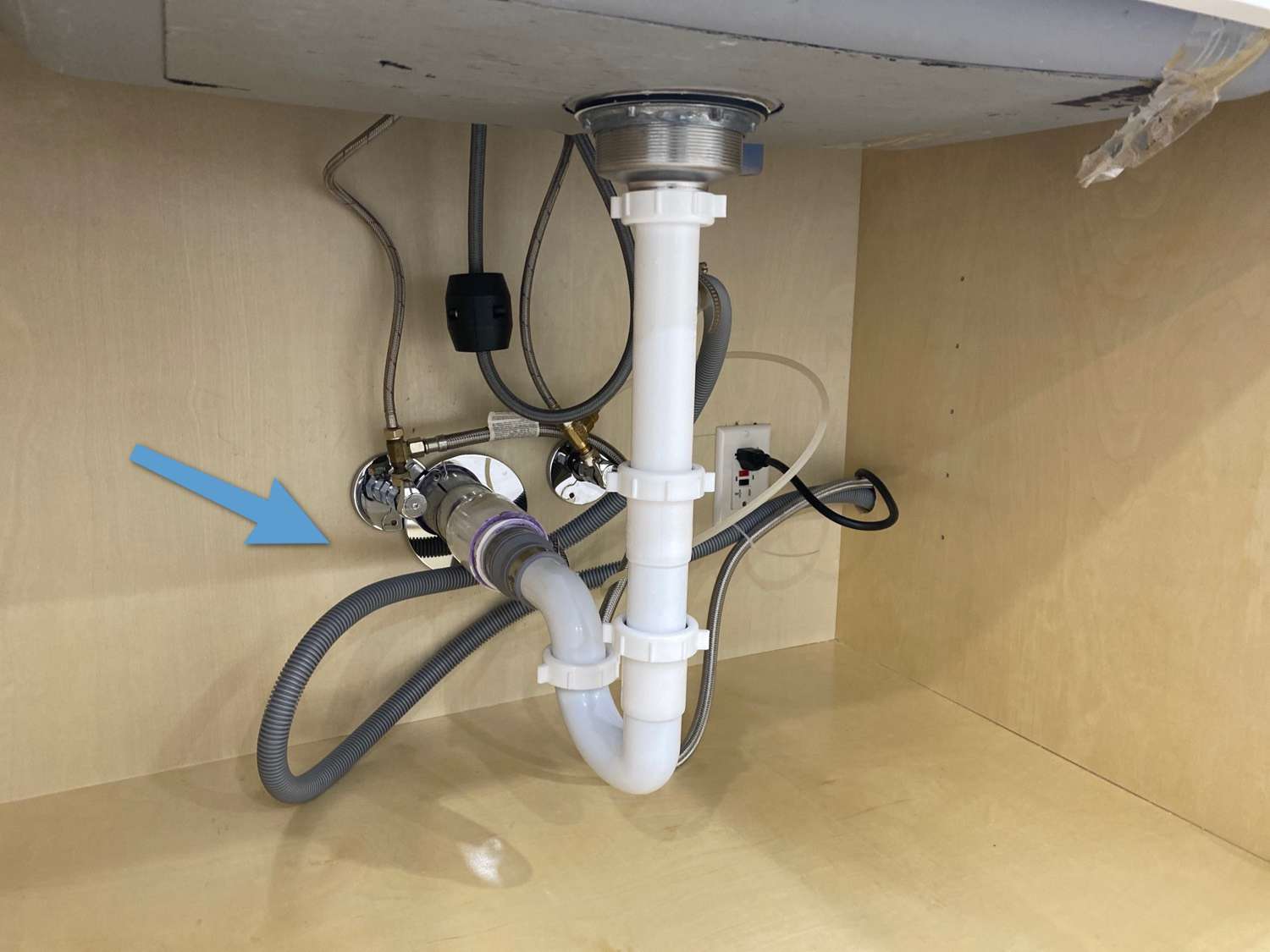
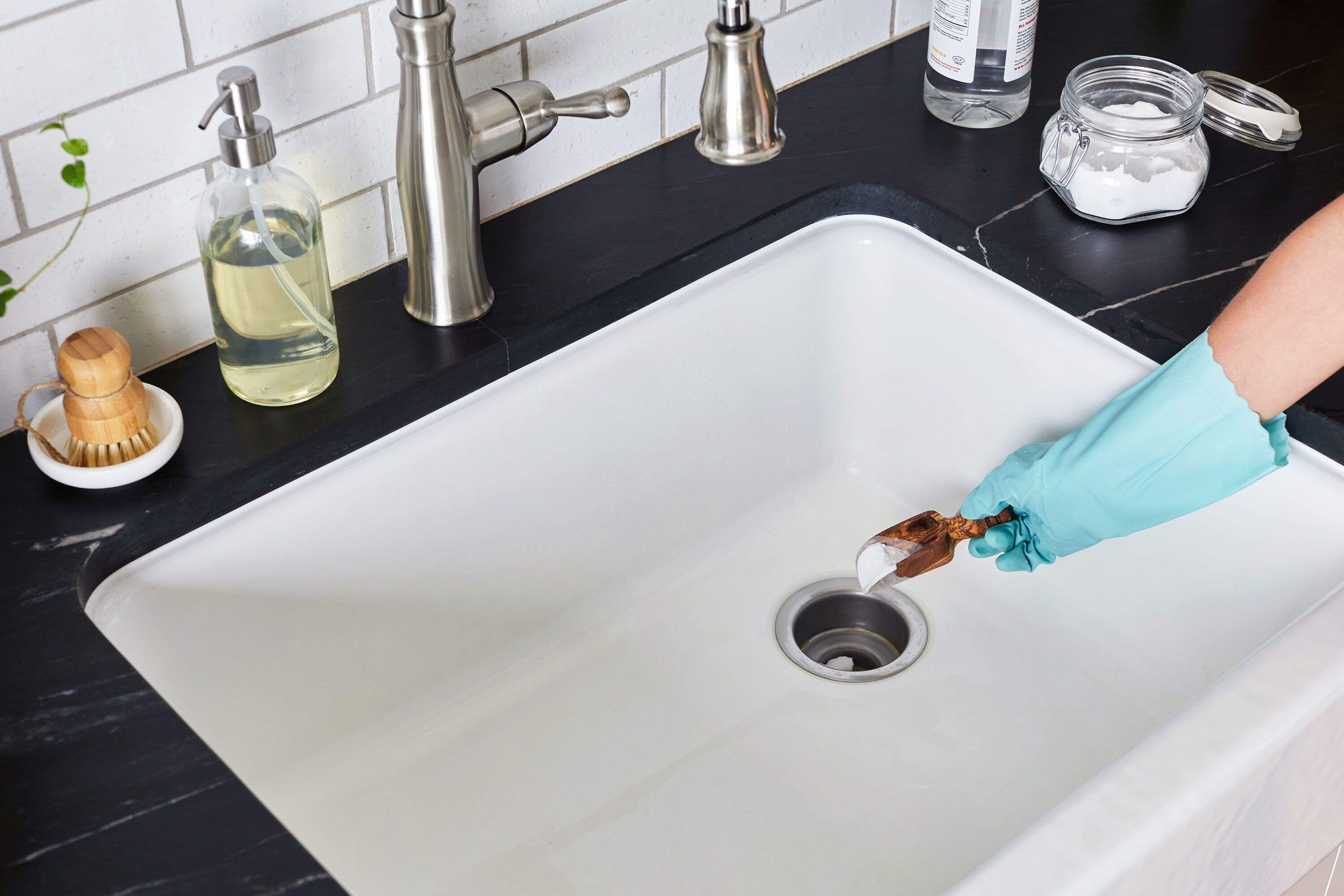
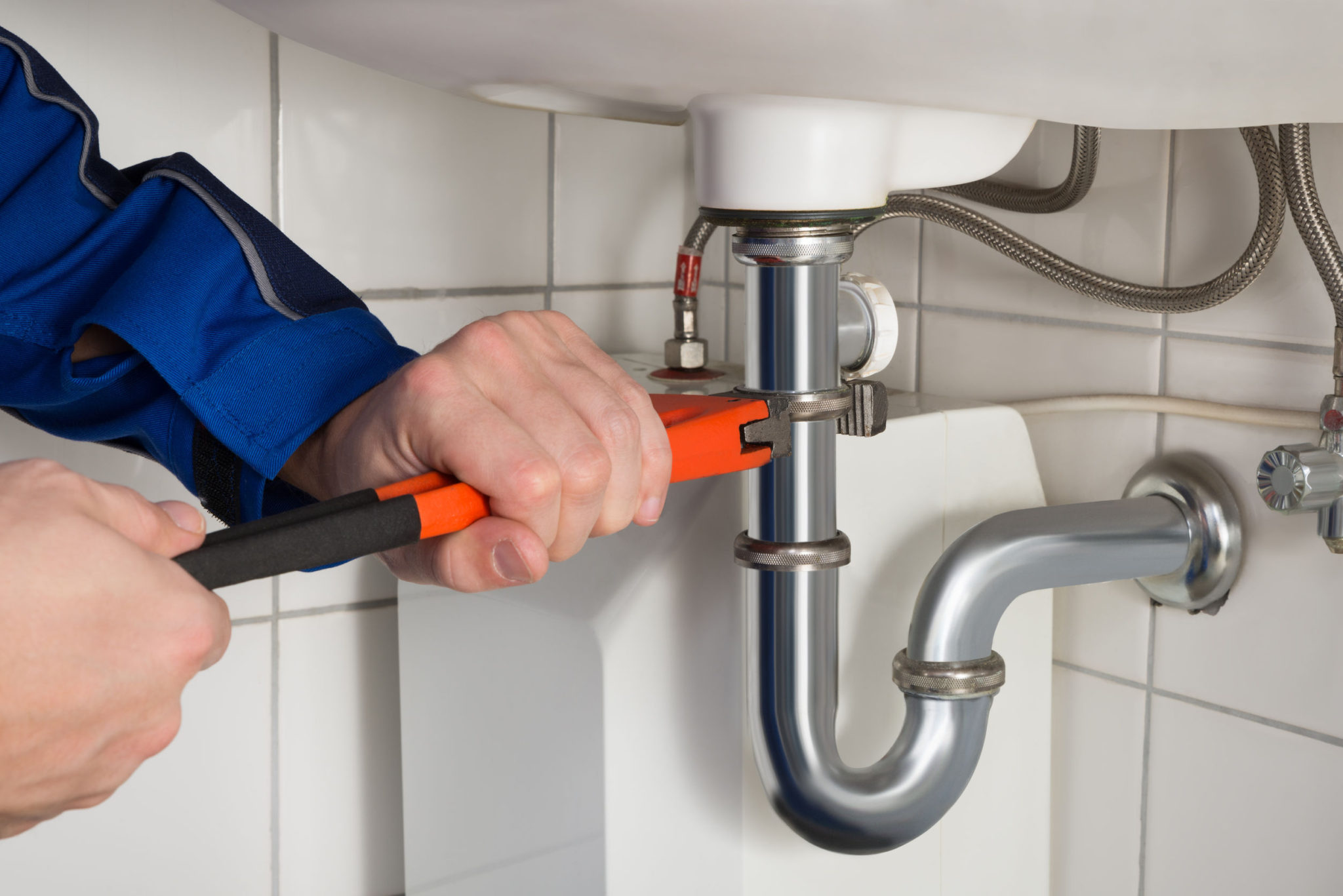
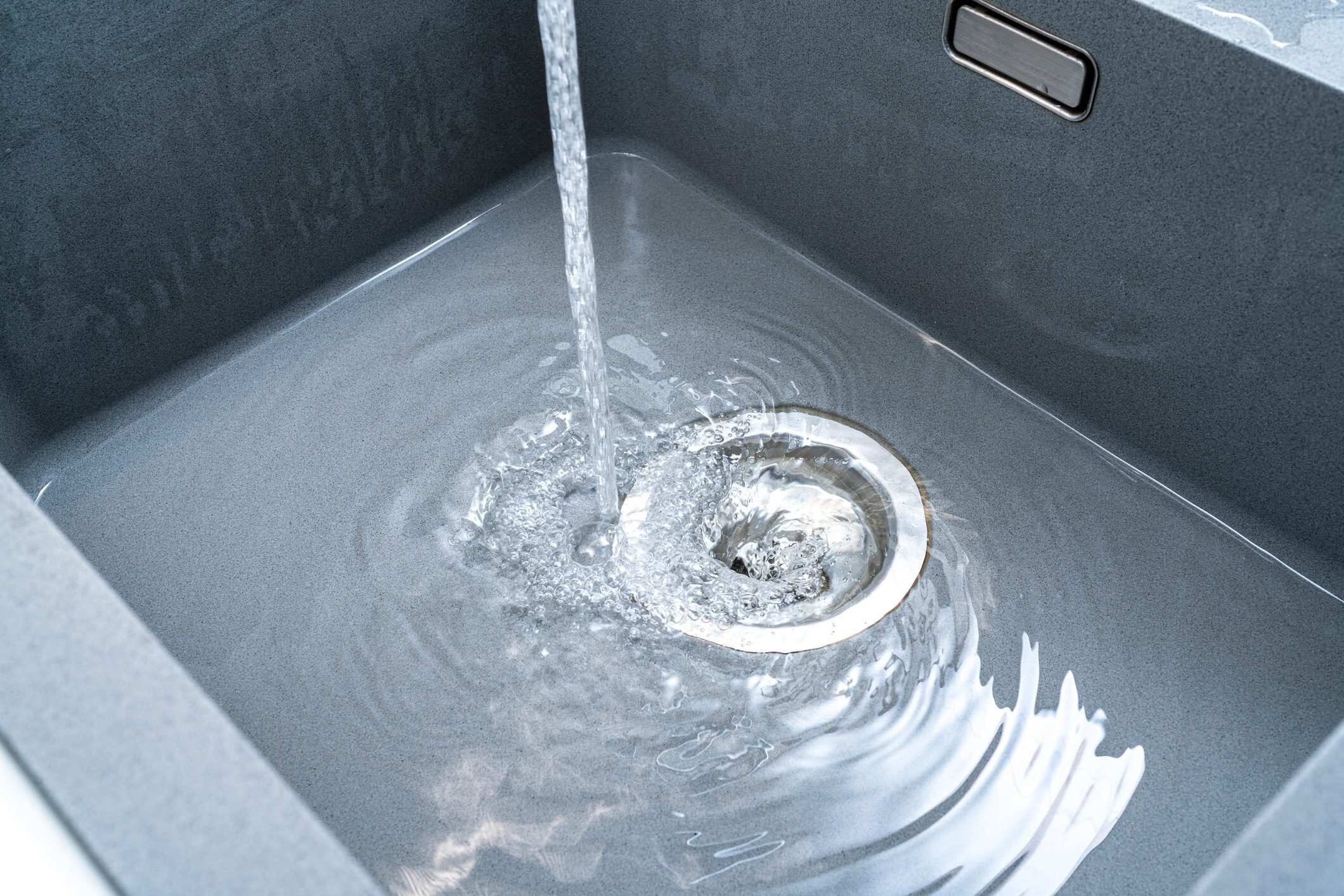
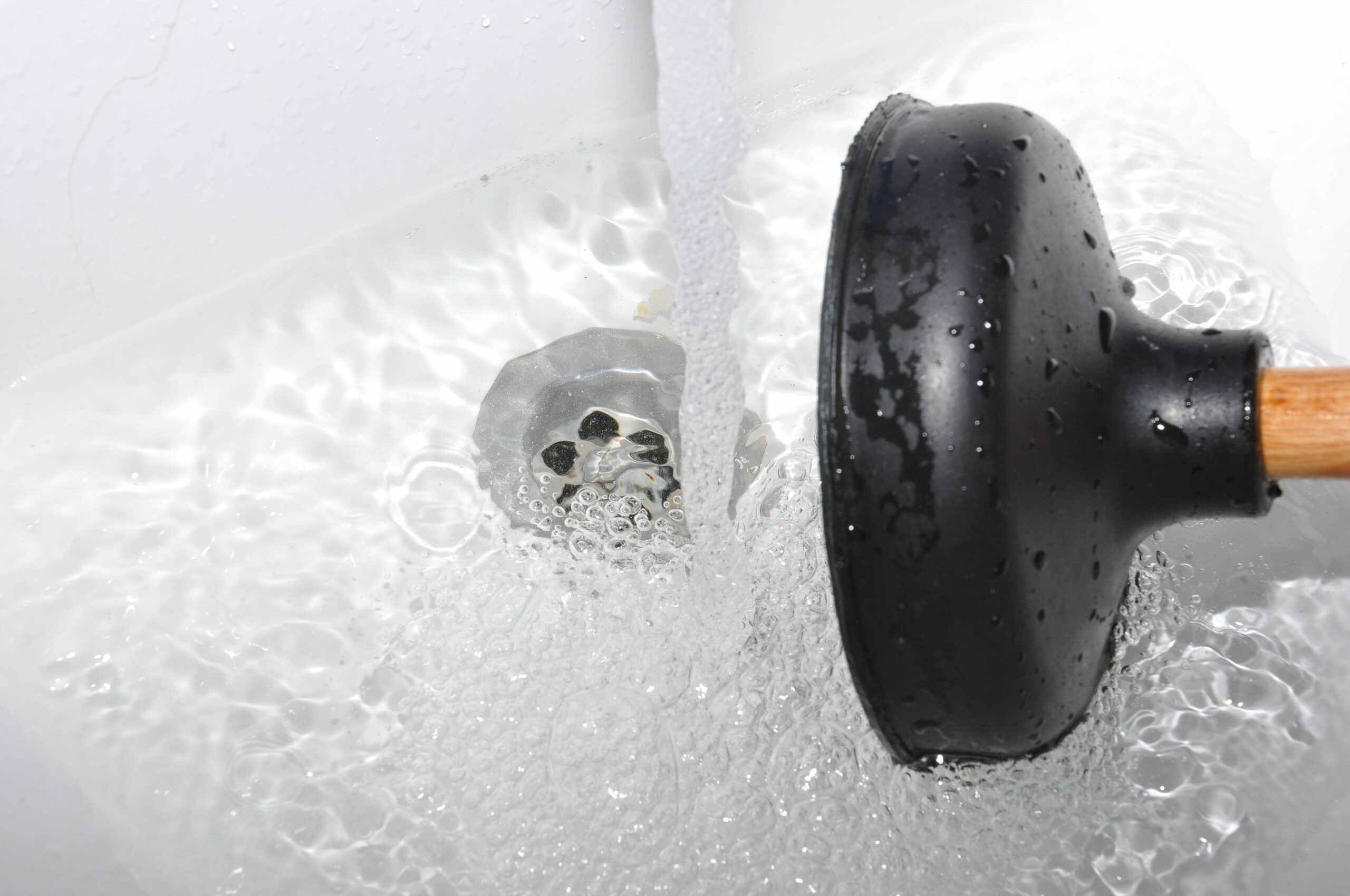
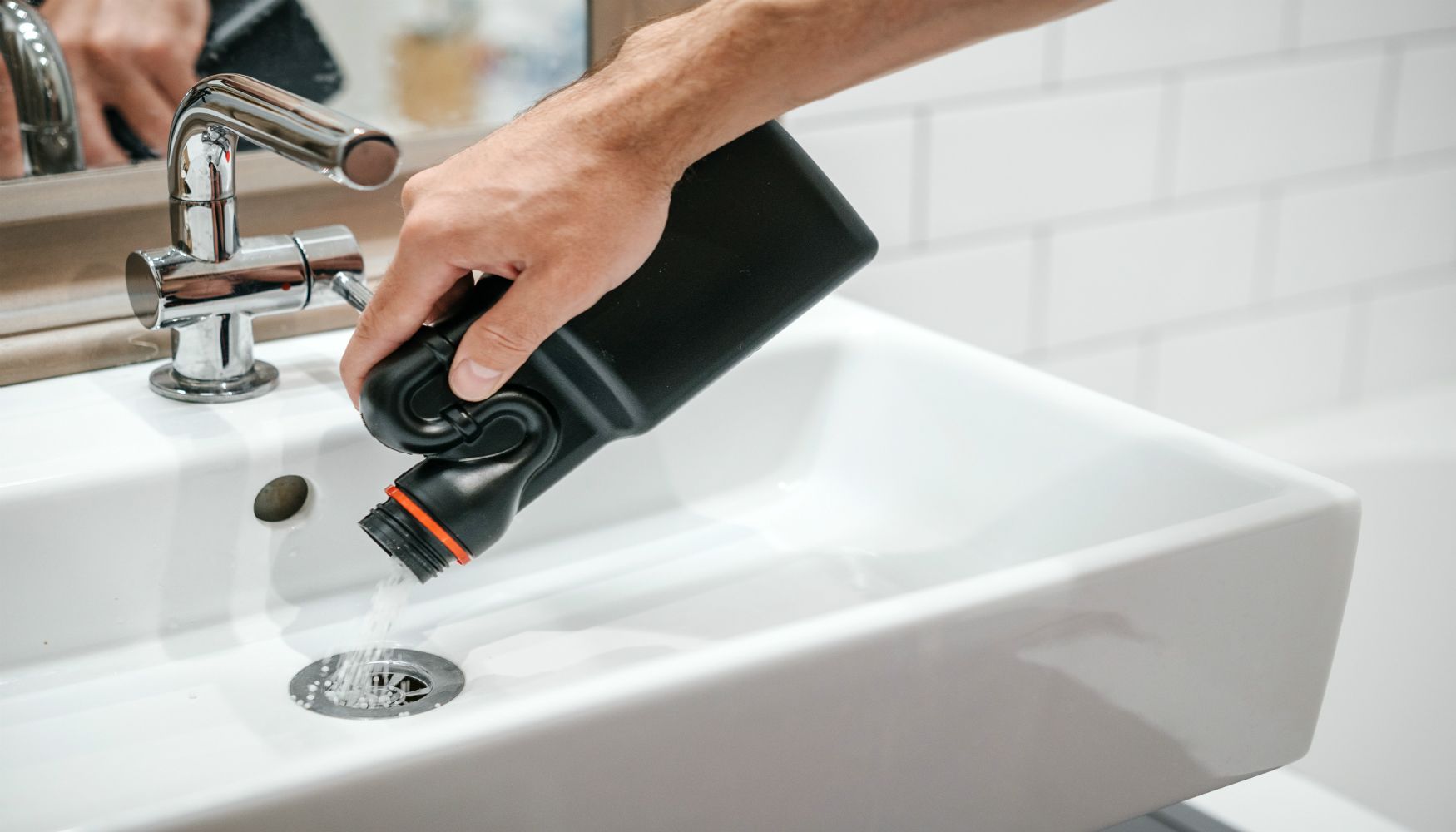
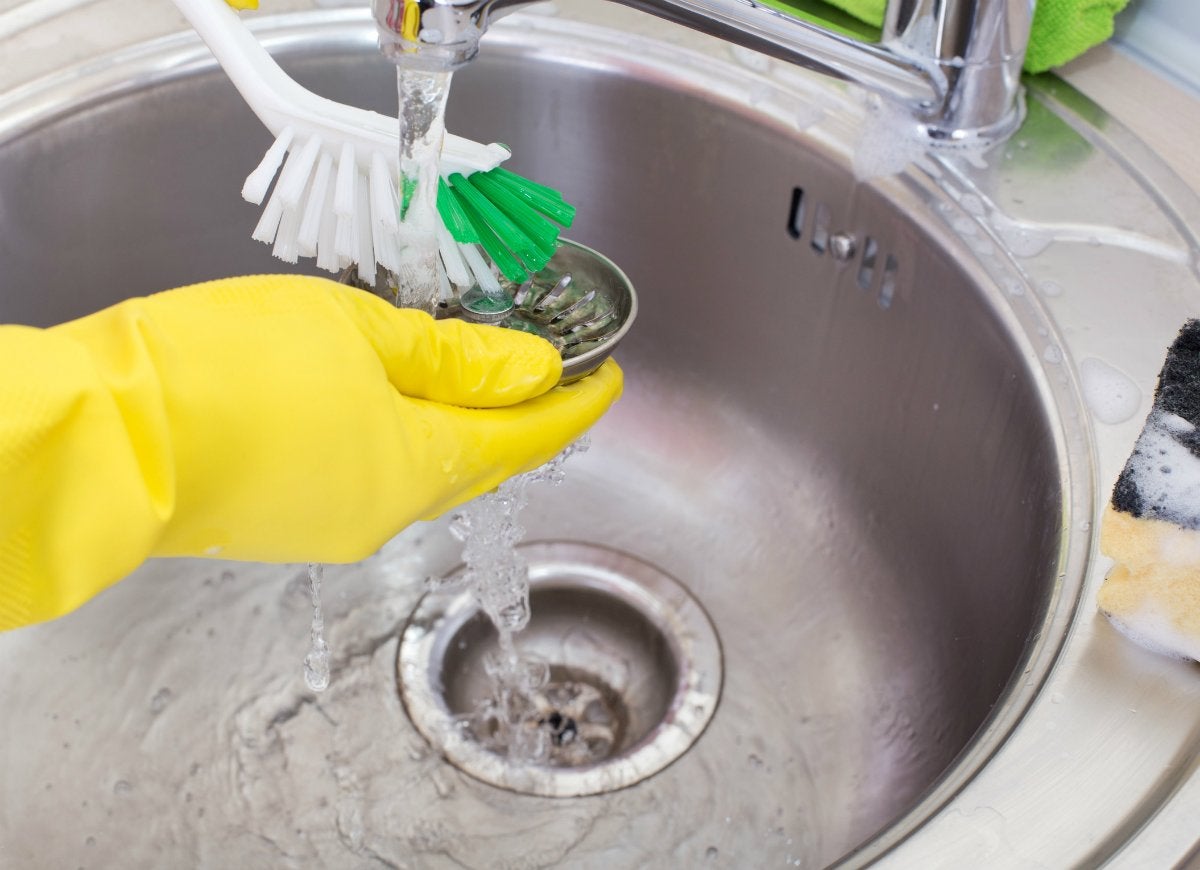
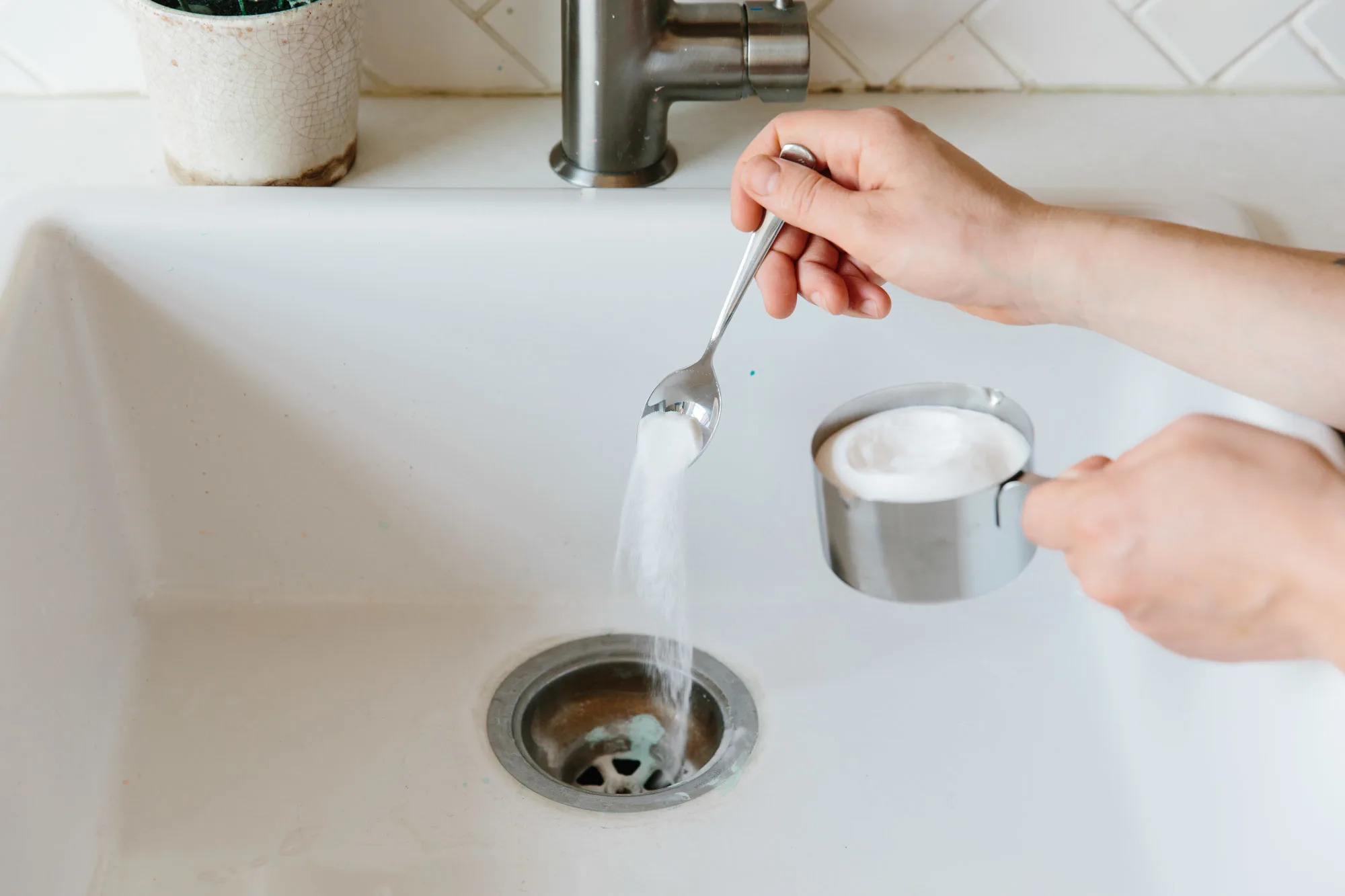
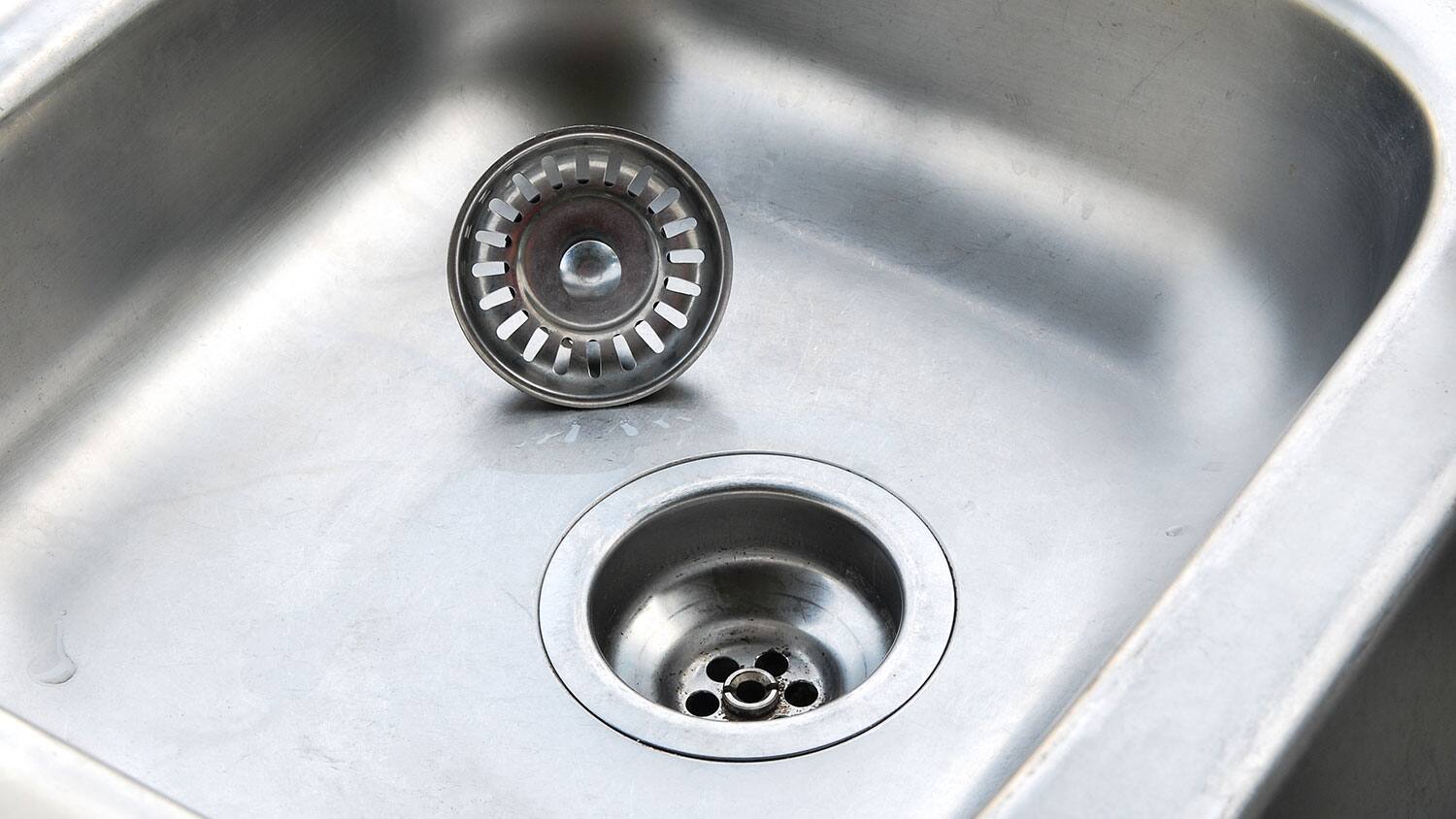

0 thoughts on “How To Connect Sink Drain”